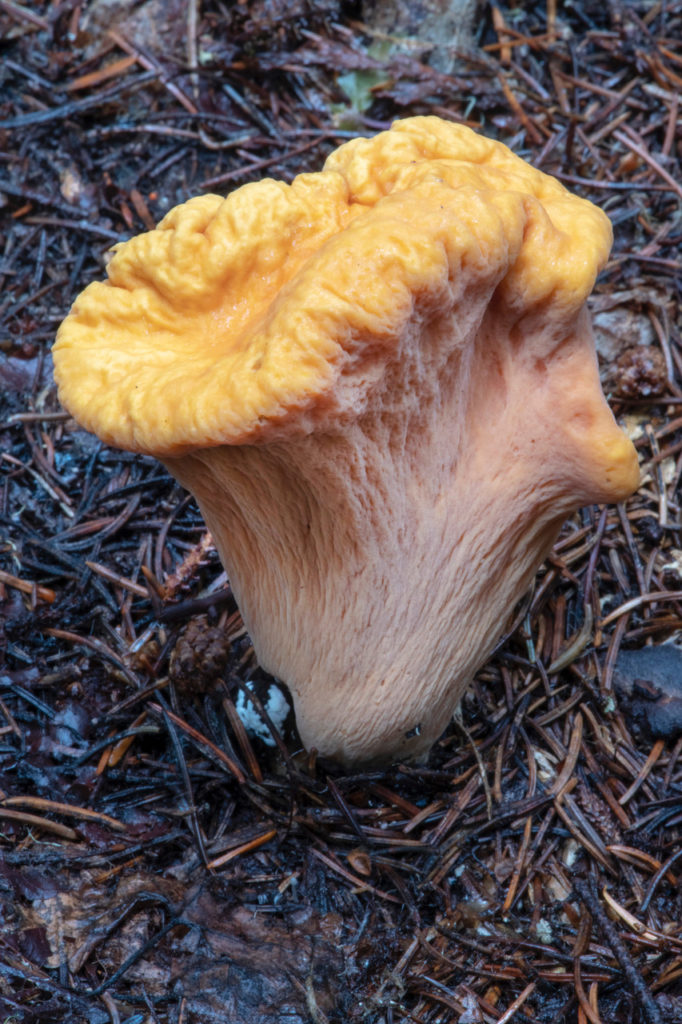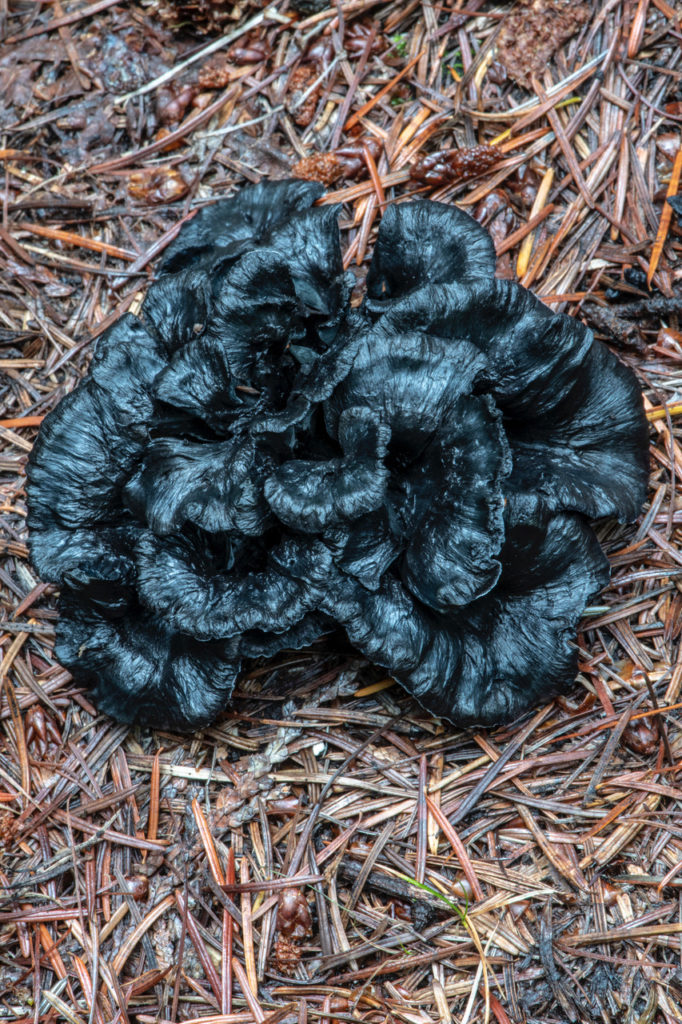
A report from the Pacific Northwest Key Council Meeting, Trout Lake, Washington
By Alison Pouliot
Daniel E. Stuntz (1909-1983) was an American mycologist known for his work with Inocybe and other agaric genera and for developing an extensive fungal herbarium at the University of Washington. In 1985 the Daniel E. Stuntz Memorial Foundation was established with the mission of advancing mycological research, education and appreciation of fungi in the Pacific Northwest. Thanks to an invitation by Uni Washington mycologist Steve Trudell and a grant from the Stuntz Foundation, I was fortunate to participate in the Pacific Northwest Key Council meeting and other events in the Pacific Northwest this (Northern Hemisphere) autumn.
The Key Council is a brilliant initiative and was founded to develop, refine and test fungus keys for selected species and genera of Pacific Northwest fungi. It was conceived in 1974 by Kit Scates and mycologists Daniel Stuntz and Joseph Ammirati. Dichotomous keys are developed by Council members, based largely on macroscopic features and are a tremendous resource for amateur and professional mycologists alike. The Key Council’s impressive collection of fungus keys can be viewed here.
Each year the Key Council runs spring and autumn forays for members and this autumn’s took place at Trout Lake at the foot of the imposing Mt Adams (3743m) in the Cascade Range in the US state of Washington. The area has an average annual precipitation around 1000mm and higher than average summer rainfalls triggered a bumper fungus season with many participants commenting that they had not experienced such an impressive flush of fungi since the 1980s. I headed out on the first day with a group of keen forayers to Gilford Pinchot National Forest. The Park encompasses 1.32 million acres of old growth forests, glaciers, high mountain meadows and an enormous diversity and biomass of fungi. It harbours a diversity of forest and habitat types with douglas fir, grand fir, ponderosa pine, lodgepole pine in lower wetter areas and then mountain hemlock and Engelmann spruce at higher elevations. Other species include larch, spruce, cedar, yew, juniper, maple, white oak, black cottonwood, red alder and quaking aspen. The vine maple (Acer circinatum) greeted us with a spectacular autumn display in the understorey.

And then there’s the fungi! Within metres of the vehicles we encountered bright carpets of the scarlet fairy helmet Mycena strobilinoidea interspersed with the club fungus Clavariadelphus mucronatus. Further along the trail we found beautifully sculptural specimens of the larger species, the truncated club Clavariadelphus truncatus, also known for its edibility and potential medicinal value. Nearby we found the rather comical looking elfin saddle Gyromitra infula. Unlike other Gyromitra, G. infula appears in autumn rather than spring. It manifests in various convoluted configurations, most commonly with its pileus in two lobes.
Some of the fungus genera we found were familiar and others were new to me. Beneath some fir seedlings we spied clusters of leathery earthfans (Thelephoraceae) Polyozellus atrolazulinus. Steve Trudell and colleagues’ recent geographic, morphological and ITS-based molecular review of collections identified as Polyozellus multiplex revealed that it is a complex of five phylogenetic species, Polyozellus atrolazlinus being one of those.

When not foraying in the forests there was plenty of other myco-activity. Portland State University mycologist Matt Gordon ran a workshop on DNA barcoding and how to work with sequence files and GenBank as well as the concepts of phylogenetic trees and how to build them using the program MEGA. The following evening Editor-in-chief of Mycotaxon, Lorelei Norvell gave a presentation on nomenclature and how molecules are changing Phaeocollybia species concepts. Dozens of species were collected during the forays and forayers worked long into the evenings on the microscopes putting names to specimens. All in all the Key Council meeting was one of the most inspiring fungus events I have ever attended and a wonderful opportunity to meet some of North America’s best fungus experts and experience the stunning Northwest forests.

